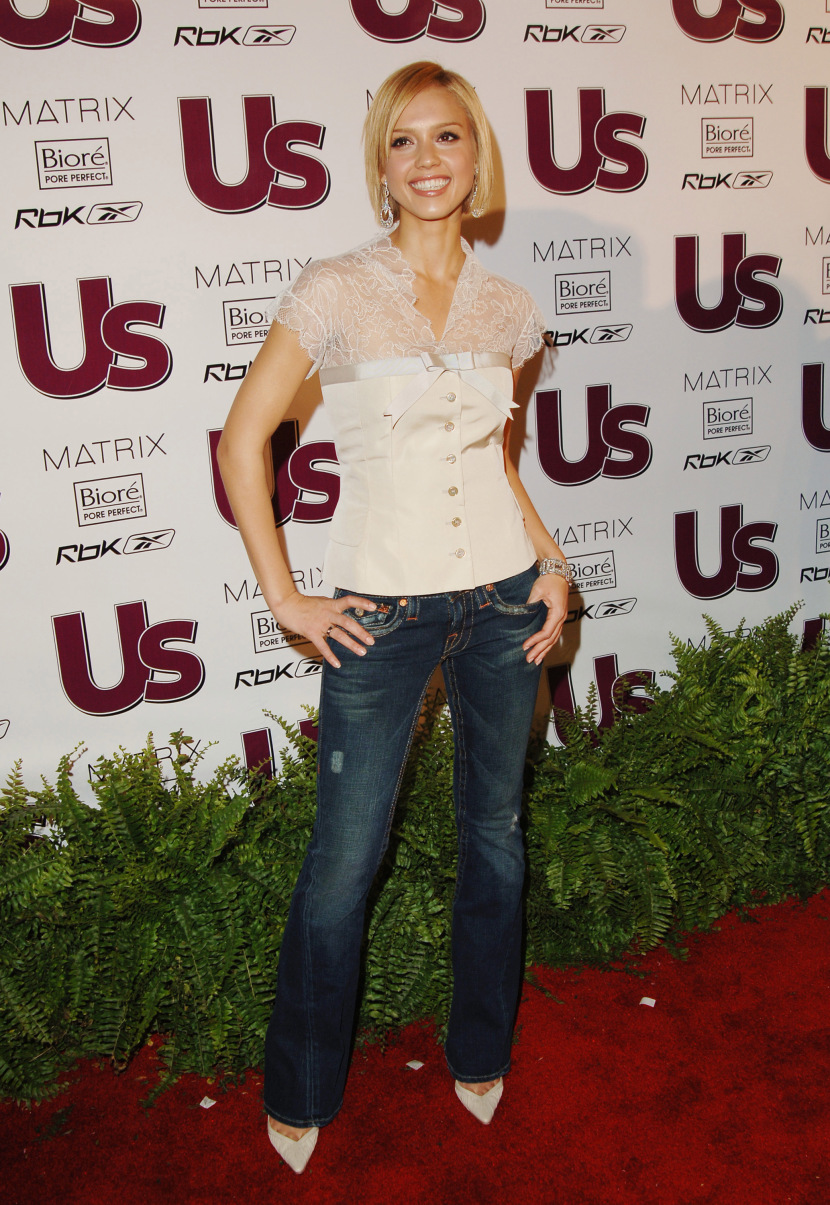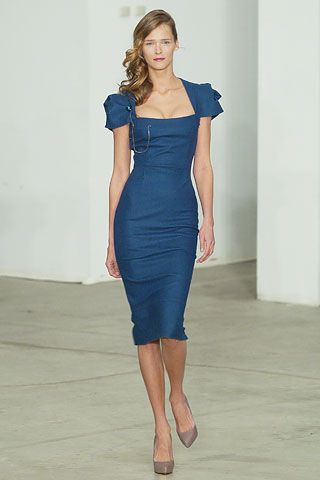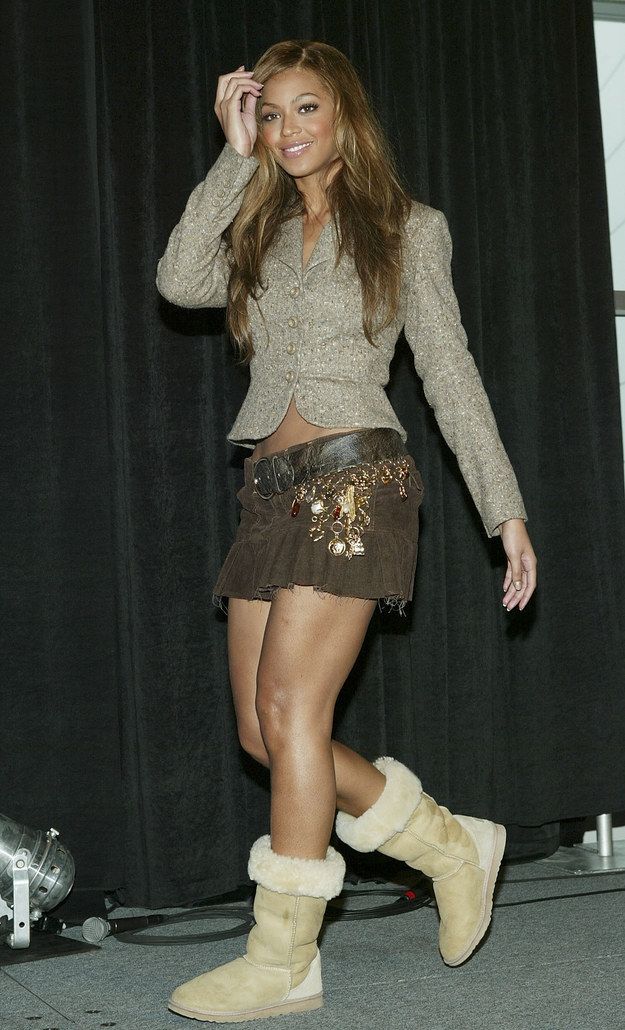The fashion landscape of the 2000s marks a pivotal change driven by cultural shifts, technological advancements, and the undeniable influence of celebrities. As we transitioned into a new millennium, styles from the late 1990s remained popular, but significant changes began emerging, particularly post-9/11. The global cultural environment played a crucial role in shaping the era’s fashion, leading to the rise of new trends while also resurrecting old inspirations.
Initially, the fashion of the early 2000s was characterized by a strong inclination towards denim. Jeans became a staple for almost any occasion, with styles evolving from low-rise, flared fits to bootcut jeans that dominated the mid-2000s. Brands like True Religion and 7 for All Mankind garnered fame, and celebrities, such as Jessica Alba, were often seen wearing these denim styles on the red carpet. This casual yet polished aesthetic made jeans universally accepted attire during this period.
One notable trend was the introduction of skinny jeans in 2005, which quickly became a phenomenon. The acceptance of distressed jeans—purposefully worn to display fashion’s relaxed nature—demonstrated the melting pot of styles that influenced this decade.
Amidst denim’s reign, a distinct aesthetic emerged known as the bohemian or boho-chic style. Often juxtaposed with the grungy attire of the 1990s, this look combined vintage pieces with contemporary designs. Icons such as Sienna Miller epitomized the boho trend, showcasing a sophisticated blending of high-fashion elements with second-hand charm. Lovers of this aesthetic favored boutiques that sold unique, tailored pieces rather than thrift stores.
As the fashion narrative of the decade unfolded, skin-centric styles took center stage. The trend of mini-skirts, often worn with Ugg boots, became emblematic of the period. Beyoncé is famously remembered for sporting this look at a Super Bowl party, illustrating how celebrity influence dictated trends and styles during this transformative era.
Another pivotal moment was the introduction of the Galaxy Dress by designer Roland Mouret in 2005, which quickly became an ‘It’ item among celebrities. The dress, celebrated for its feminine silhouette and flattering design, ignited a movement that inspired countless replicas and adaptations across high street brands.
The influence of fast fashion was also enthralling, particularly signified by brands like H&M, which launched collaborations with high-profile designers such as Karl Lagerfeld. The launch in 2004 was a sensational success, marking the beginning of an era where high fashion was accessible to the masses. This trend underscored the rapidly changing dynamics of fashion, as traditional boundaries between high-end and inexpensive clothing blurred.
Celebrity culture further played a crucial role in this fashion evolution. Throughout the 2000s, stars like Paris Hilton, Justin Timberlake, and Britney Spears became synonymous with specific trends, often resulting in swift consumer demand for what they wore. Paris Hilton, in particular, became a fashion icon of the decade, seen in various styles, from casual tracksuits to luxurious party dresses. Her public persona had a magnetic effect on fashion consumers, who sought to replicate her looks.
As we explored the male counterpart to this fashion revolution, menswear in the early 2000s reflected a futuristic notion with a heavy emphasis on black and silver tones, trench coats, and slim-fit silhouettes soon becoming popular post-9/11. As the decade progressed, distinct styles emerged from various subcultures, notably the indie rock scene influencing slim-fit jeans and tailored jackets, alongside the rap-inspired oversized clothing dominating the aesthetic.
Moreover, the ascent of digital technology revolutionized how fashion was disseminated. The rise of social media platforms enabled trends to spread quickly, allowing users to post their outfits and seek inspiration globally. Online shopping surged, bringing accessibility to both high-end and low-cost outfit options. According to experts, the rise of transactional websites increased fashion sales significantly, heralding a new era designed for the modern consumer.
As we analyze the multifaceted changes throughout this decade, we must also recognize the return to classic styles and structured silhouettes towards the end of the 2000s. Influences from the 1940s and 1980s began to surface again, with designers like Alexander McQueen at the forefront of this renaissance. The marriage of past and present in fashion marked a significant pivot point as the decade drew to a close.
The fluid nature of fashion in the 2000s underscores how connected it became to the zeitgeist of the day. Designers and brands were no longer just responding to trends but were setting them, often through collaborations that brought affordability to high-end pieces. Fast fashion’s ethos stemmed from both the rise of celebrity culture and the interlinking of global technology, culminating in a decade that not only transformed the runway but also redefined our approach to everyday wear.
Visually representing these trends, we can see the influence of denim and bohemian styles through iconic images of the time. Celebrities adorned in the latest looks became emblematic of the era.
Here is an image depicting Jessica Alba donning True Religion jeans, a prime example of the denim-centric fashion popular in the 2000s.

Image: Source Fashion History Timeline
Moreover, the introduction of the Galaxy Dress marked a turning point in modern fashion limitations, giving women a striking silhouette to express their identity.

Image: Source Fashion History Timeline
The images of celebrities like Beyoncé reveal the cultural embrace of bold styling paired with high fashion.

Image: Source Fashion History Timeline
The 2000s were essential for rethinking fashion as a universally accessible form of self-expression, influenced by celebrity culture, and innovation in retail, ultimately forging the landscape for trends that we still observe today.